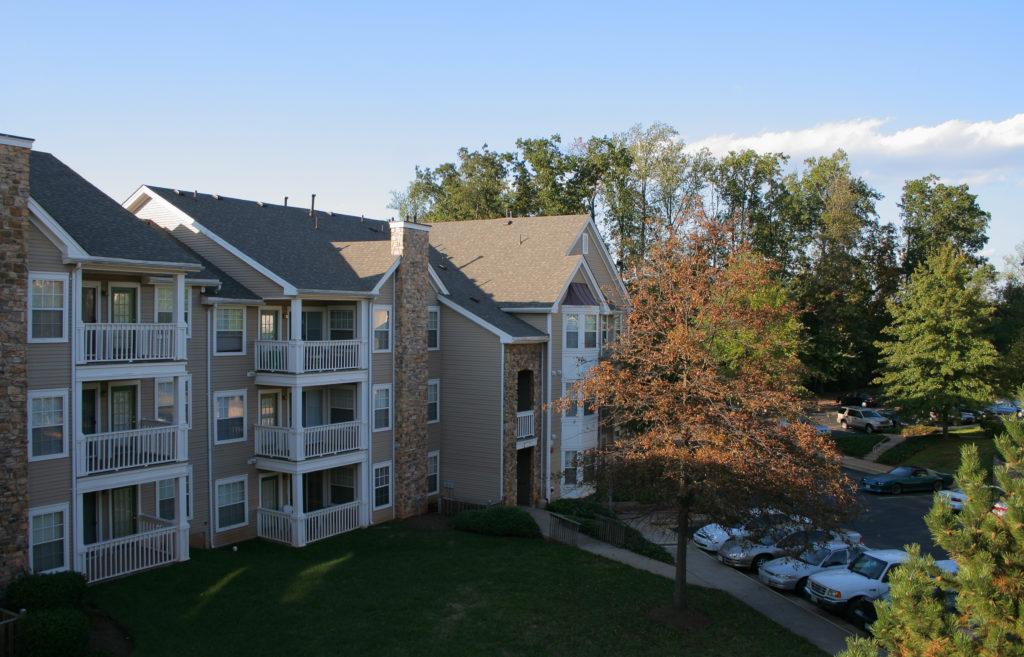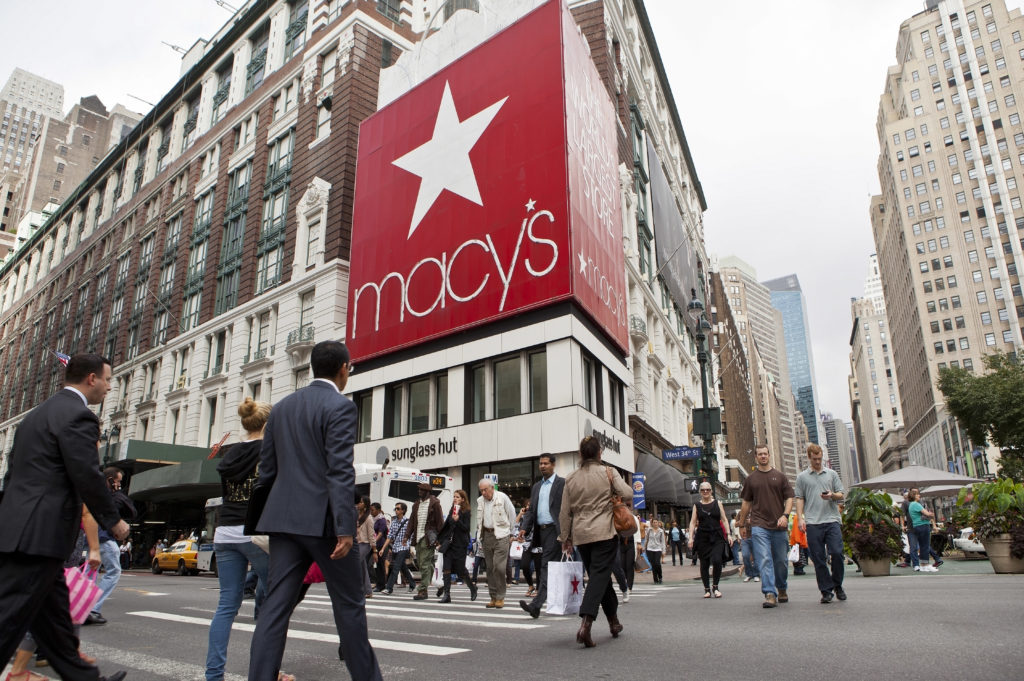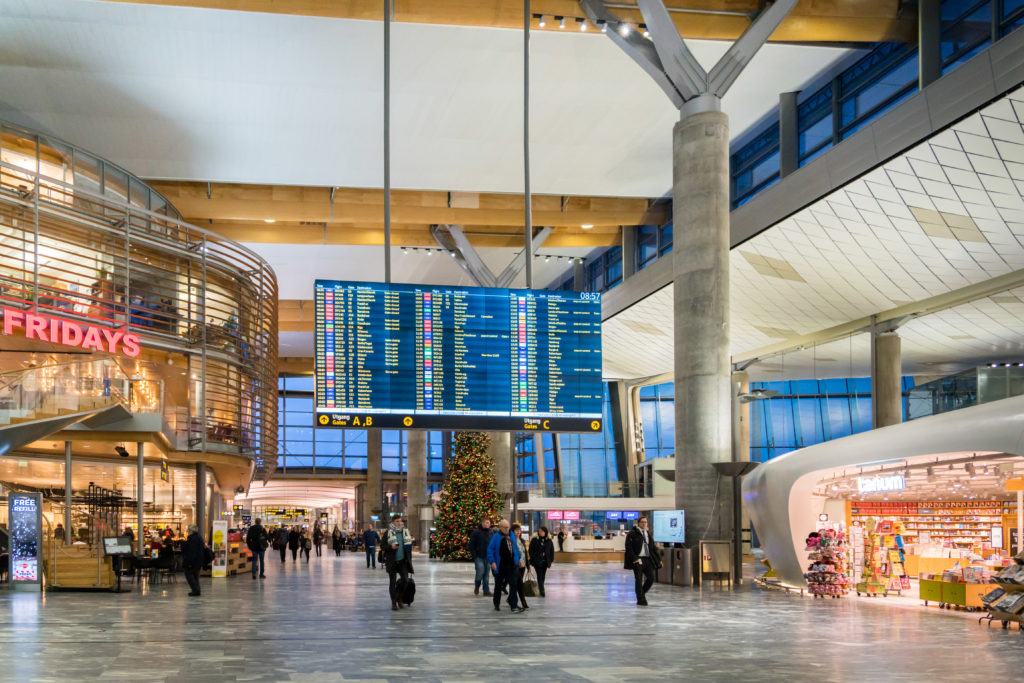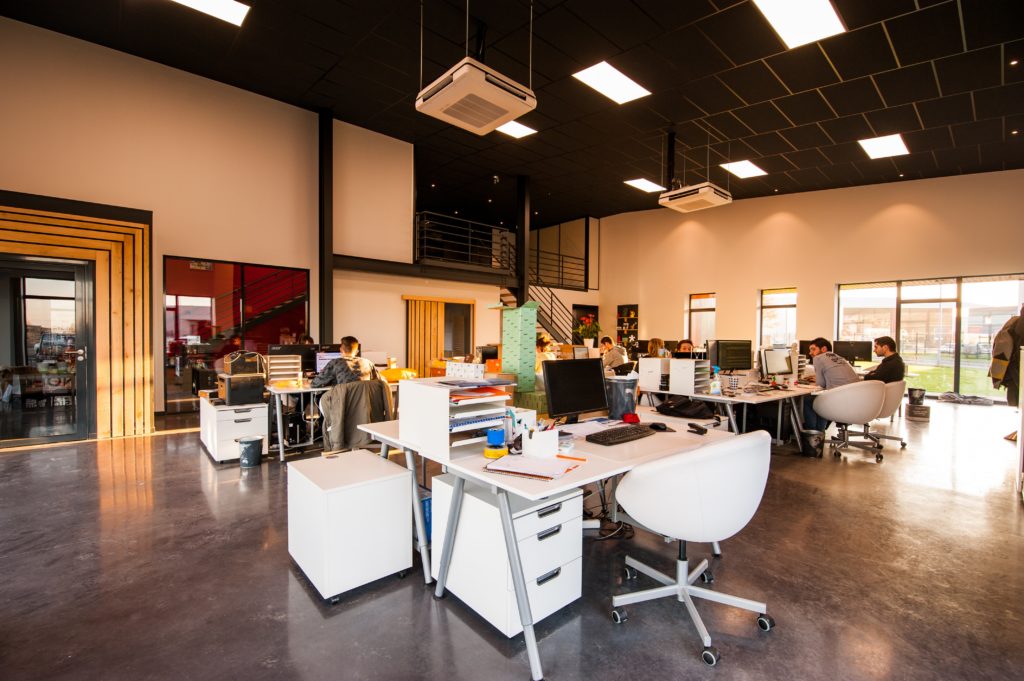In today’s world, nearly every major industry is being impacted by e-commerce. One way or another, the online shopping revolution has instigated change for business.
When it comes to the commercial real estate arena, e-commerce plays a crucial role in shaping the results of the game. Whether it’s by influencing tenant demands, sparking new trends, or restructuring the physical shape of properties; no one can deny that e-commerce is now a part of commercial real estate.
Resultantly, e-commerce’s influence on CRE is set to remain strong into 2020 and beyond.
Let’s take a look at two of the biggest commercial sectors that are feeling the e-commerce heat this new year:
Retail Takes on a Global Perspective
Brick-and-mortar retail isn’t what it used to be. Online shopping and e-commerce are restructuring the entire physical retail module – and this is undoubtedly impacting the commercial real estate biz.
After surviving the so-called ‘retail apocalypse’ of 2019, physical shopping has transformed into something innovative, creative, and high in demand. CRE’s retail space requirements are changing since brands are adapting to the new era of shopping.
Let’s face it: shopping can be done anywhere when the Internet is involved. The best way to outdo the convenience and speed of online shopping is by offering consumers something they truly can’t deny – experience.
Retail brands do not necessarily need to have thousands of locations across the country anymore. Contrarily, most retailers are choosing to create amazing spaces in hot cities around the world.
For contemporary consumers, quality beats quantity. As shopping becomes more experiential and less about necessity; brands are cultivating exclusivity, legacy, and uniqueness.
Having a few fantastic and diverse retail spaces in popular markets is boosting business in big metros all over the world. Retail brands are striving to expand globally rather than on a town-by-town basis. It’s more strategic to set up grounds in bustling affluent global cities are brands strive to stay afloat in today’s globalized world.
Industrial
As e-commerce continues to expand its reach, there is an increasing demand being placed on warehouses and distribution centers. As shipping deadlines get shorter and available products continue to diversify, who do you think carries the direct load? It’s certainly not the Amazon’s of the world.
Instead, its CRE that takes on the responsibility and makes all of the e-commerce promises possible.
2020’s warehouse demand is expected to be through the roof as last-mile logistics become increasingly more intense. There need to be more distribution centers spread out around the globe to streamline the delivery process.
The shapes of warehouses are also changing. Pick-up and delivery demands are increasing and industrial spaces need more parking lots and loading zones. These already massive centers need to get bigger, better, and more organized.
Technology and AI will play a big role in optimizing the contemporary warehouse scene.
CRE Pros: Prepare for What’s to Come
All in all, its obvious that CRE is being impacted by the ever-growing popularity of e-commerce. This digital marketplace is making waves in the commercial business, so you make sure that you and your business are prepared to ride it out.















